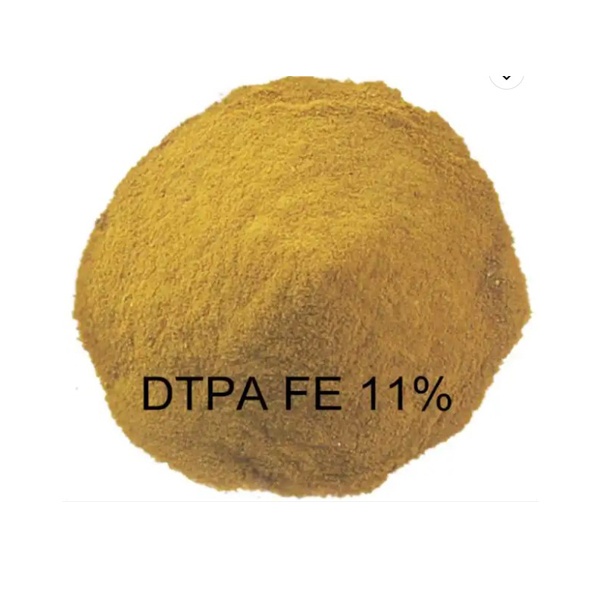
News
Apr . 09, 2024 10:53 Back to list
Bioseparation of Proteins polyaspartic acid
The influence of genetically charged modifications on the electrochemical partitioning of β-galactosidase and T4 lysozyme in dextran-PEG two-phase aqueous systems containing potassium phosphate has been analyzed (Luther and Glatz, 1994). These authors wanted to enhance the partitioning effects in these types of systems, because: (1) the main component of these systems is water, and is biologically friendly, (2) the phase-forming polymers help stabilize the proteins (Albertsson, 1986), (3) the short processing times are required due to rapid intraphase transport (Fauquex et al., 1989; Kroner et al., 1978), and finally (4) the process is easily scalable and uses readily available conventional equipment (Sikdar et al., 1991).
Luther and Glatz (1994) indicated that in these types of phase systems an uneven distribution of salts or polyelectrolytes generates an interfacial potential difference. These authors utilized the principles of electrochemical partitioning to analyze the influence of genetically engineered charge modifications on overall partitioning effects. The charge modifications were made on two proteins: β-galactosidase by fusing on charged tails of polyaspartic acid, and T4 lysozyme by charge point mutations by replacing positive lysine residues by negative glutamic acids.
They indicated that for β-galactosidase, though the model is in qualitative agreement, the increase in partitioning was less than predicted, even though it exhibited changes of more than two orders of magnitude. Similarly, for T4 lysozyme, though there was qualitative agreement, there was a smaller than expected dependence of partitioning on charge difference. Some oversimplified assumptions may have contributed to the lack of quantitative fit. Nevertheless, this analysis is of interest. Future modified models, with better assumptions would presumably lead to a better quantitative effect. No information was provided by these authors on the degree of inactivation exhibited by either (β-galactosidase or T4 lysozyme as the charges were changed to enhance electrochemical partitioning. This type of information is required, or should be presented, to help evaluate whether one should enhance electrochemical partitioning by genetically engineered modifications, or otherwise.
Charge-directed partitioning has been utilized to enhance the separation of β-galactosidase and T4 lysozyme in PEG-dextran systems (Luther and Glatz, 1995). These authors emphasized that specific affinity binding groups can be incorporated into the phase system to modify the partition behavior (Godbole et al., 1991; Wuenschell et al., 1990; Shanbhag and Axelsson, 1975).
Luther and Glatz (1995) indicated that fusion tails (that may be small peptides or even large proteins) may be genetically fused to a protein. This assists in the separation of the protein by any of the following mechanisms that include substrate and immunoaffinity binding, hydrophobic and charge interactions, and metal chelation (Ford et al., 1991; Hammond et al., 1991; Kohler et al., 1991; Zhao et al., 1990). Luther and Glatz (1995) noted that the high charge density of the tails for β-galactosidase had provided sites for enhanced binding of the protein during polyelectrolyte precipitation (Niederauer et al., 1993; Parker et al., 1990), and ion-exchange membrane separations (Heng and Glatz, 1993). Therefore, Luther and Glatz (1995) wanted to investigate the charge-based mechanism for partitioning. This is the direct interaction of a charged solute with a polyelectrolyte that has been confined to one phase.
Ethylene Diamine Tetraacetate Acid Tetrasodium Salt (EDTA-4Na)

These authors noted that attractive interactions between polymers and proteins with opposite charges had a significant effect on the partitioning behavior. As a result, polymer aggregates between β-galactosidase and (diethylamino)ethyl (DEAE)-dextran were formed. They also noted that polymers having the same charge as that of the protein had little effect on the partitioning.
No information was provided by these authors about the relative amount of denaturation exhibited by β-galactosidase during charge-directed partitioning, and when these fusion tails were not utilized. It would be of interest to evaluate and to analyze whether the fusion tails alleviate or exacerbate β-galactosidase denaturation exhibited on using two-phase aqueous systems for bioseparation.
Let us now attempt to expand the scope of the two-phase aqueous extraction technique. It would be useful to obtain a predictive technique or a model that would help estimate the partitioning in other systems. One would like to be able to extract not only proteins or enzymes, but also other biomolecules of interest, such as peptides, etc.
-
Polyaspartic Acid Salts in Agricultural Fertilizers: A Sustainable Solution
NewsJul.21,2025
-
OEM Chelating Agent Preservative Supplier & Manufacturer High-Quality Customized Solutions
NewsJul.08,2025
-
OEM Potassium Chelating Agent Manufacturer - Custom Potassium Oxalate & Citrate Solutions
NewsJul.08,2025
-
OEM Pentasodium DTPA Chelating Agent Supplier & Manufacturer High Purity & Cost-Effective Solutions
NewsJul.08,2025
-
High-Efficiency Chelated Trace Elements Fertilizer Bulk Supplier & Manufacturer Quotes
NewsJul.07,2025
-
High Quality K Formation for a Chelating Agent – Reliable Manufacturer & Supplier
NewsJul.07,2025
